- Undergraduate
Bachelor's Degrees
Bachelor of ArtsBachelor of EngineeringPartner School Dual-DegreeUndergraduate AdmissionsUndergraduate Experience
- Graduate
Doctoral Degrees
Doctor of PhilosophyPhD Innovation ProgramDoctor of Medicine-PhDGraduate AdmissionsGraduate Experience
- Research
- Entrepreneurship
- Community
- About
-
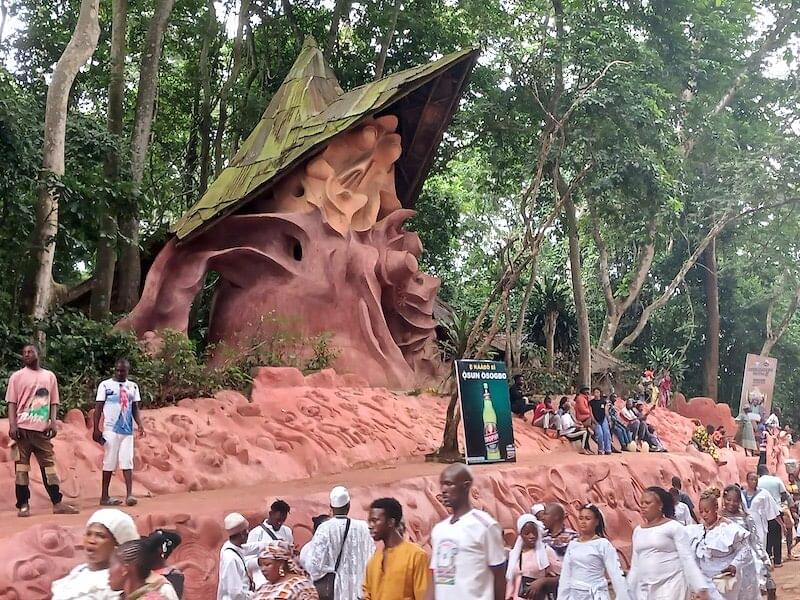
Three Interdisciplinary Projects Receive Design Initiative Funding
For Spring 2024, the Design Initiative at Dartmouth announced three faculty and staff design project grants to enable collaborative, creative applications of design methodologies to scholarship and social impact.

New Study Aims to Improve Equity in Flood Risk Management
Published in Nature Sustainability, the Dartmouth Engineering-led study could help decision-makers around the world achieve more equitable outcomes from environmental public policy.
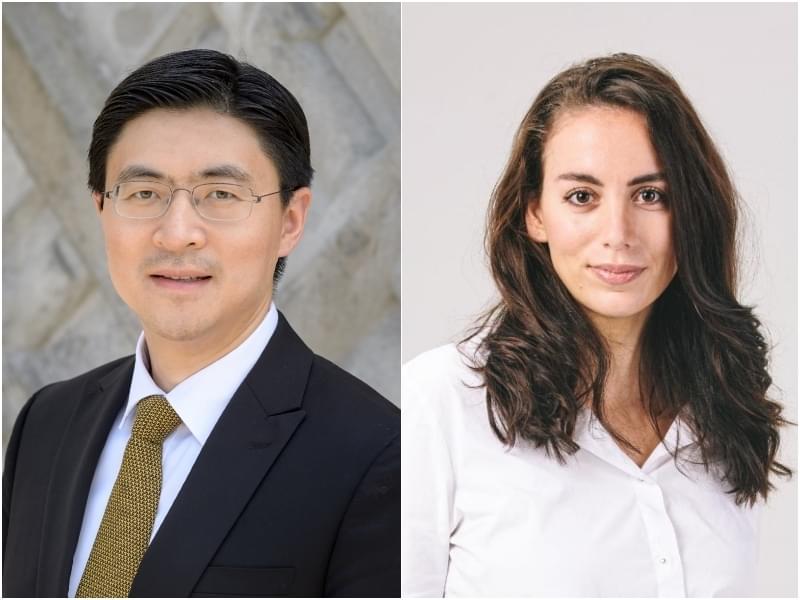
2024 Investiture to Feature Purdue President and OpenAI CTO
Mung Chiang, president and professor of electrical and computer engineering at Purdue will deliver the keynote address at Investiture which will be followed by a Q&A event with Mira Murati Th'12, chief technology officer of OpenAI.
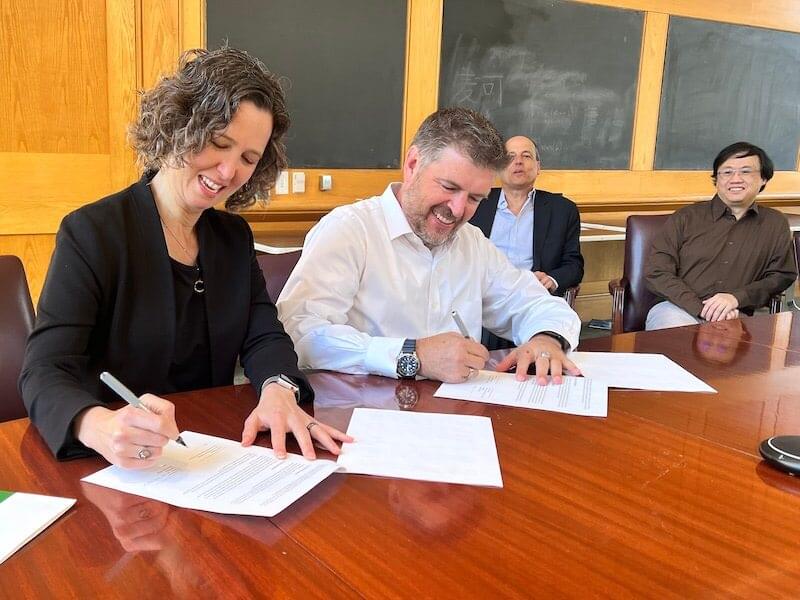
Dartmouth Engineering Creates International Degree Program with Peru's UTEC
Thayer has partnered with Universidad de Ingeniería y Tecnología (UTEC) in Lima, Peru to establish its first international degree program.
Doctoral Degrees
Master's Degrees
Bachelor's Degrees
Research Quick Takes

Efficient Hydrogen Production
Research Associate Anand Tiwari, PhD student Saifur Rahman, and Professor Will Scheideler co-authored "3D Printed Microlattices of Transition Metal/Metal Oxides for Highly Stable and Efficient Water Splitting" published in Advanced Materials Technologies. The paper presents a novel 3D printing method to create low-cost and efficient electrodes for electrocatalytic hydrogen production. "The resulting materials have shown exceptional durability and electrocatalytic activity, making them promising for large-scale water splitting and sustainable hydrogen fuel production," said Rahman
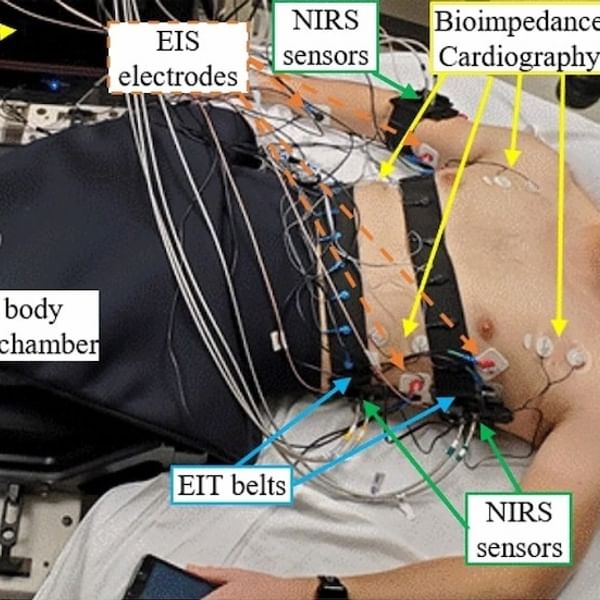
EIT for Early Bleed Detection
PhD students Spencer Bertsch Th'19 and Navid Rashedi, alum Yifei Sun Th'22, and Professors Ethan Murphy (first author), Jonathan Elliott, Ryan Halter, and Vikrant Vaze—along with DHMC and Mayo Clinic researchers—co-authored "Non-invasive biomarkers for detecting progression toward hypovolemic cardiovascular instability in a lower body negative pressure model" published in Scientific Reports. The paper summarizes how electrical impedance tomography (EIT) can be used as a novel marker for early bleed detection.
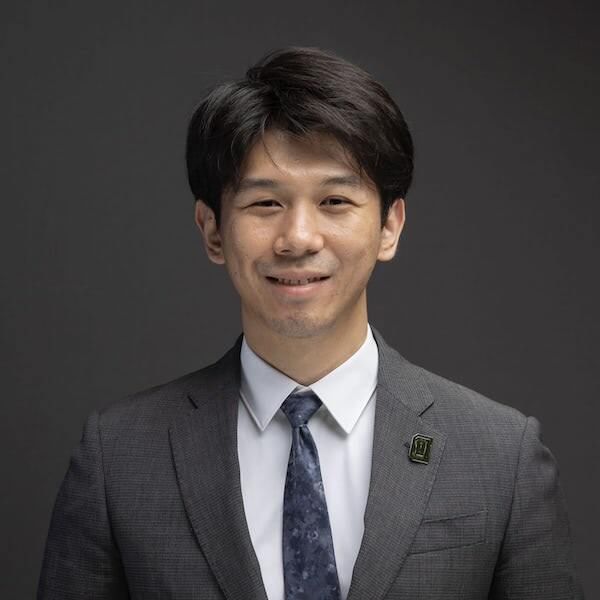
Guarini 2024 Best Poster Award
PhD student Huan Zhao won the best poster award at Guarini's 2024 Graduate Student Poster Session. Titled "Additively Manufactured Metamaterial using Piezoceramic-Polymer Composite," the poster presented an innovative way to fabricate piezoelectric composites with improved mechanical, thermal, and electrical performance. This research—part of Yan Li's Group and supported by NASA—addresses the need for damage monitoring and process control for future in-space manufacturing.
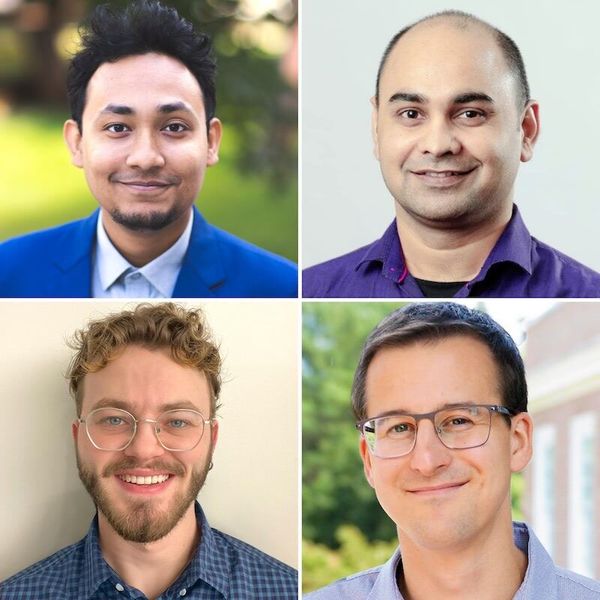
Liquid Metal Wires for Wearable Electronics
PhD students Saifur Rahman and Simon Agnew '22, Research Associate Anand Tiwari, and Professor Will Scheideler co-authored "3D Woven Liquid Metals for Radio-Frequency Stretchable Circuits" published in Advanced Materials Technologies. "We've developed a new way to make better, more comfortable wearable electronics. The key is a special type of interwoven wire made from liquid metal that can stretch and bend without losing its ability to transmit signals."
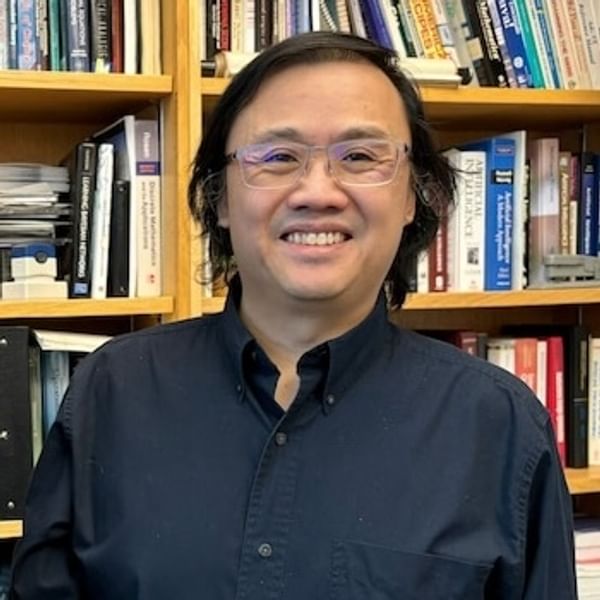
Evolving Ontologies
Professor Eugene Santos co-authored "Bayesian-knowledge driven ontologies: A framework for fusion of semantic knowledge under uncertainty and incompleteness" published in PLOS ONE. The paper describes how to fuse multiple conflicting ontologies into a single knowledge base. "Biomedicine's rapid advancement is inundating us with new words, labels, and concepts that can be duplicative or even contradictory," says Santos.
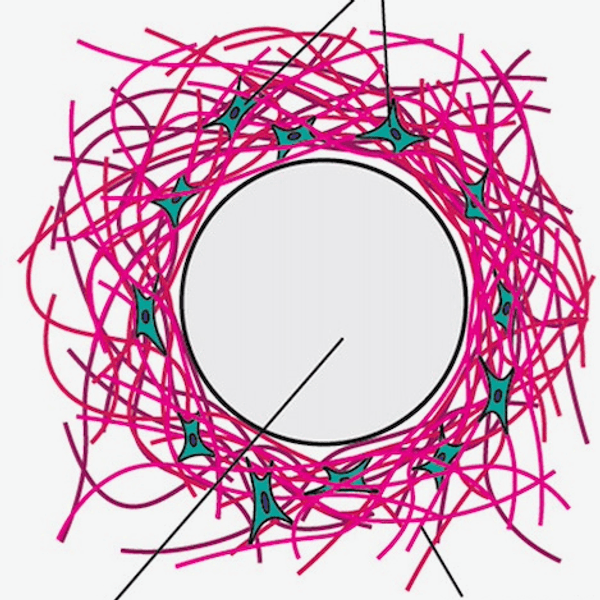
Interface Design for Bioelectronic Implants
Professor Alex Boys co-authored "Bioelectronic interfacial matching for superior implant design" published in Cell Reports Physical Science, including discussion of the relevance of different mechanical and electronic factors. "Interface design is an important aspect for any material that is implanted into the body," says Boys, "and we wanted to provide a framework for researchers who work on bioelectronics to think about this important issue."
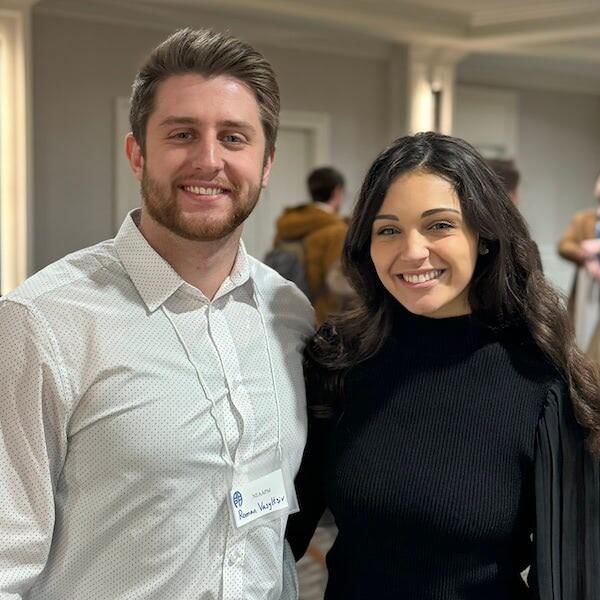
Grad Students Shine at NEAAPM
PhD candidates Roman Vasyltsiv and Savannah Decker—both in the Optics in Medicine labs and the Medical Physics Education Program—tied for first place in the early investigator competition at the New England Chapter of the American Association of Physics in Medicine (NEAAPM) meeting in Quincy, Mass. Savannah presented "Improving Cherenkov Dosimetry via Quantitative Skin Tone Analysis," and Roman presented "Fast Imaging of a Novel Conformal Scintilator Mesh for 2D In VivoValidation During UHDR PBS Proton Therapy."
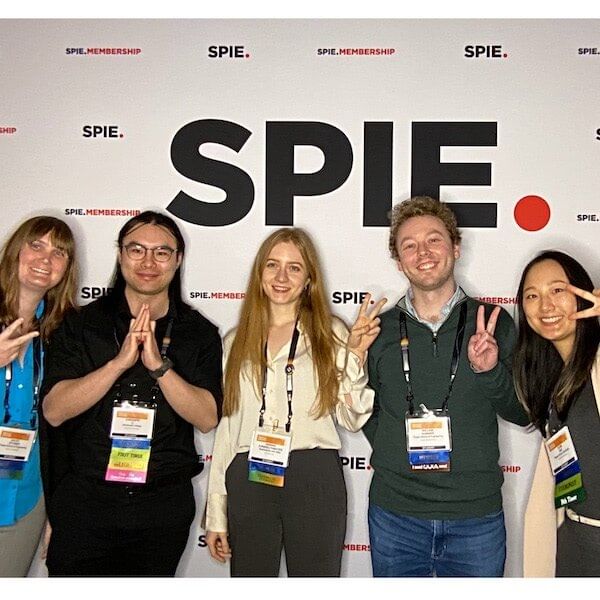
SPIE Medical Imaging Conference
At the SPIE Medical Imaging conference, PhD students Yuan Shi (Halter Lab), Chengpei Li, Haley Stoner, and William Warner Th'17 Th'19 (Paulsen Lab) presented their work on image-guided surgery, including talks on "A surgical navigation framework for image-guided transoral robotic surgery" and "Intraoperative stereovision cortical surface segmentation using fast segment anything model," and posters on "Large MRI specimen submersion phantom design" and "Smart line detection and histogram-based approach to robust freehand ultrasound calibration."

